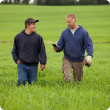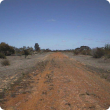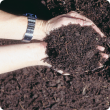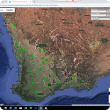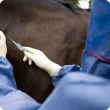Filter by regions:
- (-) Remove Pilbara filter Pilbara
- (-) Remove South West filter South West
- Great Southern (461) Apply Great Southern filter
- Gascoyne (459) Apply Gascoyne filter
- Mid West (457) Apply Mid West filter
- Goldfields-Esperance (452) Apply Goldfields-Esperance filter
- Kimberley (452) Apply Kimberley filter
- Wheatbelt (451) Apply Wheatbelt filter
- Peel (447) Apply Peel filter
- Perth regions (354) Apply Perth regions filter


